Dreame H15 Pro Heat vs H15 Pro CarpetFlex: Which Wet & Dry Vacuum Should...
Choosing between H15 Pro Heat and H15 Pro CarpetFlex comes down to your floors, your messes, and how hands-off you want cleanup to be. This quick guide frames the differences in plain English so you can pick with confidence.
Quick answer (TL;DR):
Pick H15 Pro Heat if your home is mostly hard floors and you want the fastest deep clean with real hot‑water floor washing, gap‑free edge cleaning, and the most automated self‑clean/dry routine. It’s a “showpiece” hard‑floor washer with advanced edge tech and app‑assisted under‑furniture navigation.
Pick H15 Pro CarpetFlex if you live with both hard floors and rugs and want one device to handle wet hard‑floor messes and dry vacuuming on carpets (thanks to a dedicated Carpet Brush) plus MistLock dust suppression for allergy‑friendly cleanup. It’s the do‑everything choice for mixed flooring.
Specs at a glance
If you only have a minute, this table shows the big levers: runtime, brush systems, edge tech, and cleaning temps. So you can match the model to your home.
All performance figures are from Dreame in‑house/third‑party labs; actual results vary by home and usage.
Feature
H15 Pro Heat
H15 Pro CarpetFlex
Floor types
Hard floors focus
Hard floors (wet/dry) + carpets (dry)
Suction (rated)
22,000Pa
23,000Pa
Runtime (max)
Up to 72 min
Up to 60 min
Standout cleaning tech
185°F (85°C) hot‑water floor washing (approx. 131°F / 55 °C at floor)GapFree™ AI robotic arm for triple‑edge cleaning
Dual Brush System (Hard Floor + Carpet)MistLock dust suppression
Self‑cleaning
ThermoTub™ 212°F (100°C) immersive brush wash; AI‑tuned cycles
Up to 212°F (100°C) self‑clean (Hard Floor Brush hot‑wash / Carpet Brush cold‑wash)
Drying
5 min 194 °F (90°C) super‑speed or 30 min 85 °C sealed drying; AI re‑dry
Up to 194°F (90°C) full‑path hot‑air drying;~5 min quick‑dry (Hard Floor Brush) / ~20 min deep‑dry (Carpet Brush)
Edge cleaning
Yes
Yes
Under‑furniture
180° lie‑flat
180° lie‑flat
Tanks
0.23 gal clean /0.17 gal used880 ml clean / 650 ml used
0.20 gal clean /0.18 gal used780 ml clean / 700 ml used
Hair management
TangleCut™ resilient scraper, validated tangle‑free in lab tests
TangleCut™ 2.0 (15% denser comb teeth)
Sensors/UI
RGB dirt detection; Dreamehome app; GlideWheel™ power assist
RGB dirt detection; LED + voice prompts; GlideWheel 2.0 assist
Cleaning performance
Let's look at how each vacuum behaves with everyday debris, sticky spills, and those ‘why is this still here?’ spots. We focus on speed to clean, residue left behind, and how finished your floors look after one pass.
On hard floors (wet & dry)
H15 Pro Heat: If sticky spills and kitchen grease are your pain points, Heat is the standout. It rinses the roller with 185°F (85°C) hot water to wash floors at about 131°F (55 °C), dissolving oily messes fast. Its GapFree™ AI robotic arm drops at the front to close the typical “dry strip,” enabling triple‑edge cleaning (front + both sides) and leaving nearly zero water stains in push‑pull passes under lab conditions. If you’ve ever chased wet lines along baseboards, this front‑edge tool is a real upgrade.
H15 Pro CarpetFlex: CarpetFlex focuses on consistency and clean air. Its Hard Floor Brush continuously rinses at 480 RPM while suction removes dirty water immediately; MistLock lightly mists dust so it becomes damp waste instead of a cloud—handy for allergy‑sensitive homes. You don’t get Heat’s front robotic arm, so you’ll use slow parallel passes for edges, but everyday spills (juice, yogurt) and tracked‑in dirt are handled efficiently.
Verdict for hard floors:
Choose Heat for the fastest deep clean on sticky/greasy messes and the best front‑edge pickup; choose CarpetFlex if you value cleaner air during use/emptying and don’t need the robotic arm.
On carpets & rugs (dry vacuuming)
If rugs are part of your daily route, this section explains how both machines handle fibers, hair, and grit—and when a dedicated carpet brush truly makes a difference.
H15 Pro Heat: Optimized for hard floors. It brings strong suction (22,000Pa) and hair‑cutting hardware, but it does not include a dedicated carpet brush. If rugs are occasional, Heat can spot‑vacuum; if rugs are routine, see CarpetFlex.
H15 Pro CarpetFlex: Purpose‑built for mixed homes. You can swap to the Carpet Brush to lift grit from fibers, and TangleCut™ 2.0 brush helps prevent wrap. With 23,000Pa suction and a brush made for rugs, it’s the safer bet for regular carpet care.
Verdict for carpets:
If you want one machine for hard floors and rugs, CarpetFlex is the clear pick.
Hair & pet messes
H15 Pro Heat: 0 tangles across hair tests, minimizing hands‑on detangling.
H15 Pro CarpetFlex: 15% denser comb teeth for better hair cutting—including dense pet fur. If you’re a multi‑pet household with rugs, the Carpet Brush + TangleCut 2.0 combo is very compelling.
Edge cleaning & corners
Edges are where most washers leave a dry strip. See how Heat’s robotic front arm compares with CarpetFlex’s careful, parallel edge passes.
H15 Pro Heat: The DescendReach robotic arm presses down on pull‑back to wipe up residual water. In our tests, it showed near‑zero water stains compared with typical dual‑edge heads. If you care about baseboards and toe‑kicks looking bone‑dry right away, this is a meaningful difference.
H15 Pro CarpetFlex: A strong standard head, but no robotic arm. Edges are best handled with controlled, parallel passes.
Maneuverability & under‑furniture reach
A vacuum you have to wrestle with won’t get used. Here’s how they steer, lie flat under low furniture, and feel in the hand over long sessions.
H15 Pro Heat: GlideWheel™ power system does more than assist; it can lead the motion and even help the machine stand after shut‑off. Lay it 180° flat and, uniquely, you can drive it via the Dreamehome app to clean under low furniture (down to ~1.18in / 13 cm body; 3.5in / 8.9 cm head clearance). It’s a clever “hands‑off” trick for tight spaces.
H15 Pro CarpetFlex: Also lies 180° flat, and GlideWheel 2.0 keeps pushes/pulls light. There’s no app‑driving under furniture, but steering and day‑to‑day handling are much easier.
Hygiene, self‑cleaning & drying
H15 Pro Heat: Drying is sealed and hot, you can pick 5 min at 194°F (90°C) (quick) or ~30 min at 185°F (85°C) (default), and the system will auto re‑dry if humidity dampens the brush in standby. Heat can also electrolyze water to generate disinfectant during cleaning (lab‑validated effects on common microbes/viruses under test conditions). Drying noise is kept comfortable (lab‑rated ~63 dBA). This is the most “set‑and‑forget” maintenance package here.
H15 Pro CarpetFlex: One‑button self‑clean with up to 212 °F (100°C) hot‑wash (Hard Floor Brush) and full‑path hot‑air drying up to 194 °F (90°C) for brush, pipes, and filter. Expect ~5 min quick‑dry for the Hard Floor Brush and ~20 min thorough dry for the Carpet Brush. Simple, fast, and quiet—keeps odors down and parts ready for the next session.
Runtime, tanks & noise
Runtime: Heat is rated up to 72 min; CarpetFlex up to 60 min (with ~3 h fast charging). In practice, heavy wet passes or Max mode shorten runtime on either model.
Coverage & capacity: CarpetFlex notes up to ~3,229 ft² (300m²) on a charge in light/Auto use, with 0.20 gal clean /0.18 gal used (780 ml / 700 ml) tanks that reduce refills, while Heat features 0.23 gal clean /0.17 gal used (800 ml / 650 ml) water tanks
Noise: Both moderate during cleaning; Heat’s sealed drying targets comfort levels during the post‑clean cycle.
Which one should you buy?
Choose H15 Pro Heat if you:
Have mostly hard floors and want the best finish along front edges/baseboards with near‑zero water streaks.
Regularly face oil/grease and sticky messes and value hot‑water floor washing that breaks them down faster.
Want the least maintenance fuss: immersive self‑wash, 5–30 min hot‑air drying, and smart re‑dry in humid climates.
Love the idea of app‑assisted, lie‑flat cleaning under low furniture.
Choose H15 Pro CarpetFlex if you:
Live with hard floors + rugs and need one machine for wet hard‑floor cleaning and dry carpet vacuuming (dedicated Carpet Brush).
Prefer cleaner air while you clean/empty—MistLock turns dust into damp waste to minimize airborne particles.
Want strong overall suction and friendly upkeep with self‑clean and full‑path drying.
Need clear guidance: LED + voice prompts, RGB dirt detection, and GlideWheel 2.0 for an easy push/pull feel.
Read our review of the Dreame H15 Pro CarpetFlex to discover if this wet-dry vacuum is the right choice for you.
FAQ
Will H15 Pro Heat work on rugs?
Heat is optimized for hard floors; it doesn’t include a dedicated Carpet Brush. For regular rug cleaning, CarpetFlex is the better match.
Which is better for allergies—Heat or CarpetFlex?
CarpetFlex includes MistLock Dust Control, which mists fine dust so it sinks into the waste stream instead of the air—useful for allergy‑sensitive homes.
Do both models self‑clean and dry the brush?
Yes. Heat uses ThermoTub™ 100 °C immersive wash with 90 °C/85 °C sealed drying (as quick as 5 min), plus smart re‑dry. CarpetFlex runs up to 212 °F hot‑wash (Hard Floor Brush) and up to 194 °F hot‑air full‑path drying with quick/thorough options.
Edge cleaning: is the robotic arm worth it?
If you notice a stubborn front gap with typical heads, Heat’s GapFree™ arm can make edges/baseboards look finished in one pass and reduce water streaks—great for kitchens and entryways.
How about hair from pets or long-haired family members?
Both cut hair as they clean. Heat’s TangleCut™ scraper is lab‑validated for 0 tangles; CarpetFlex’s TangleCut™ 2.0 has denser comb teeth for heavy‑shedding homes—especially effective when using the Carpet Brush on rugs.
Bottom line
Hard‑floor perfectionist? Go H15 Pro Heat for hot‑water washing, robotic front‑edge cleaning, and the most automated hygiene routine.
Mixed floors with rugs? Go H15 Pro CarpetFlex for the Carpet Brush, MistLock, and balanced, whole‑home versatility.
How we tested
We evaluate pick‑up on wet spills and dried stains, dry debris on wood/tile and rugs, edge pickup near baseboards, hair wrap on the brush, runtime by mode, and maintenance time (self‑clean + drying). We verify sensor behavior (RGB dirt detection) and note maneuverability (push/pull effort, under‑furniture reach). Specs and feature claims referenced here come from Dreame’s lab documentation.

















































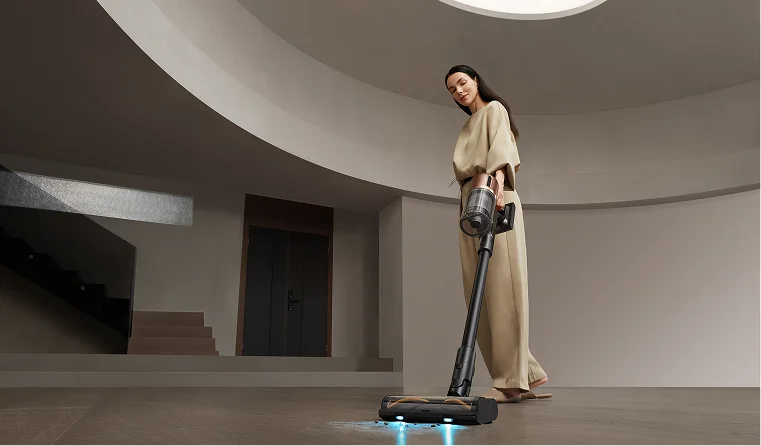
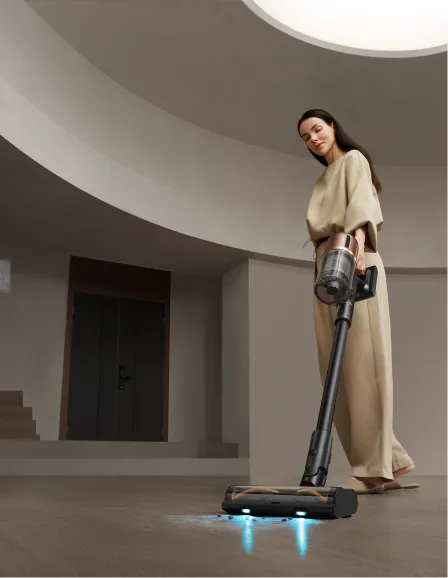
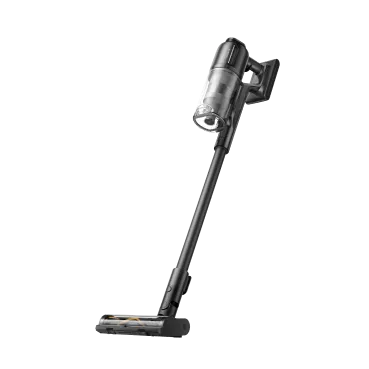
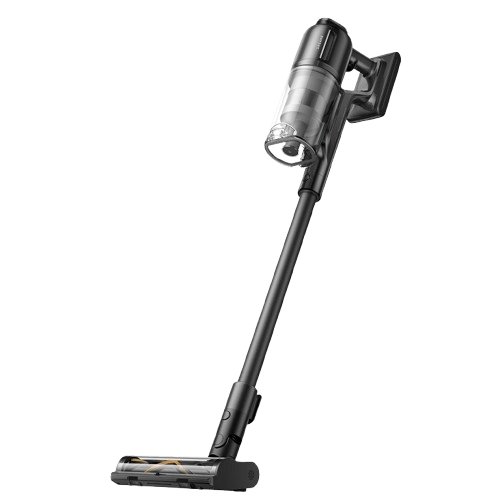
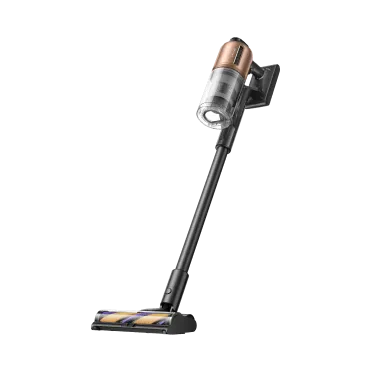
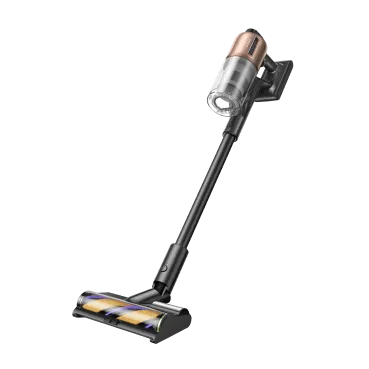
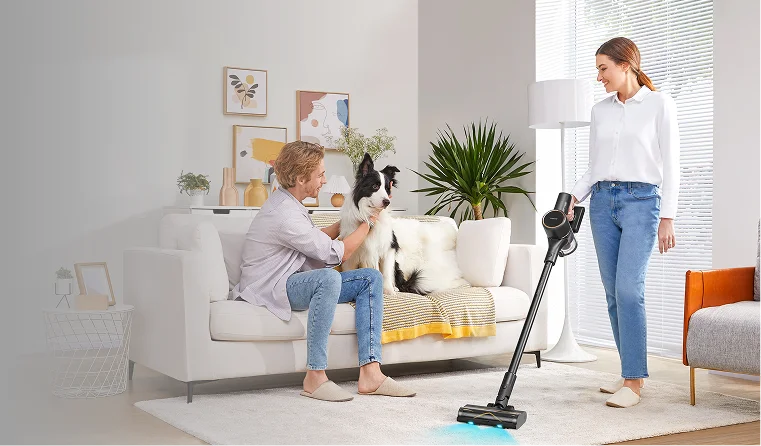
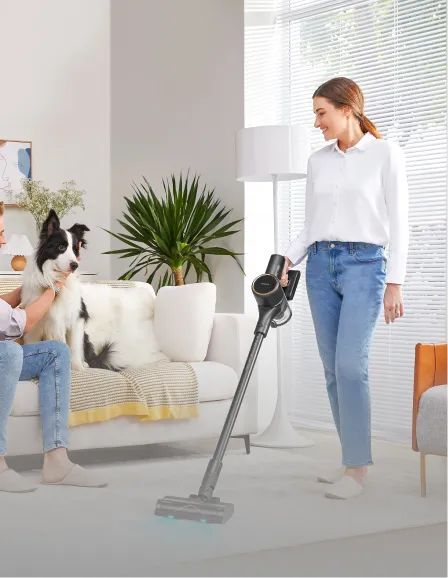
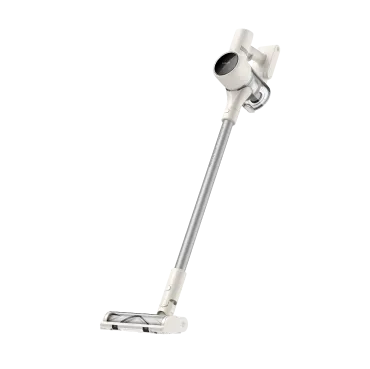
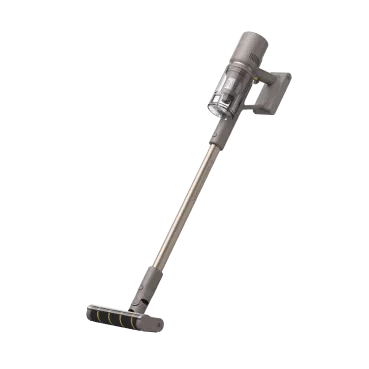
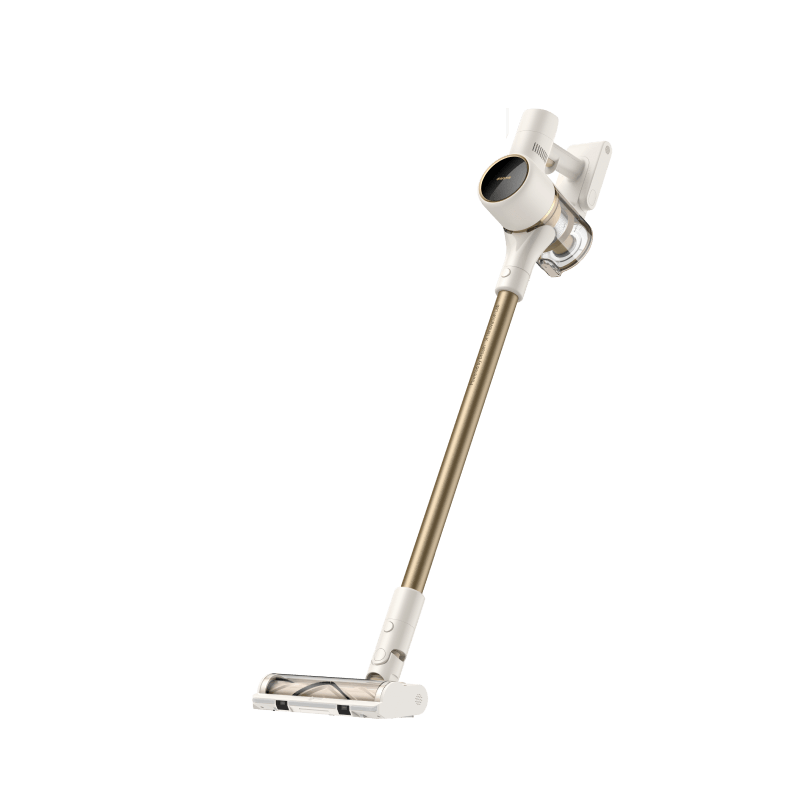
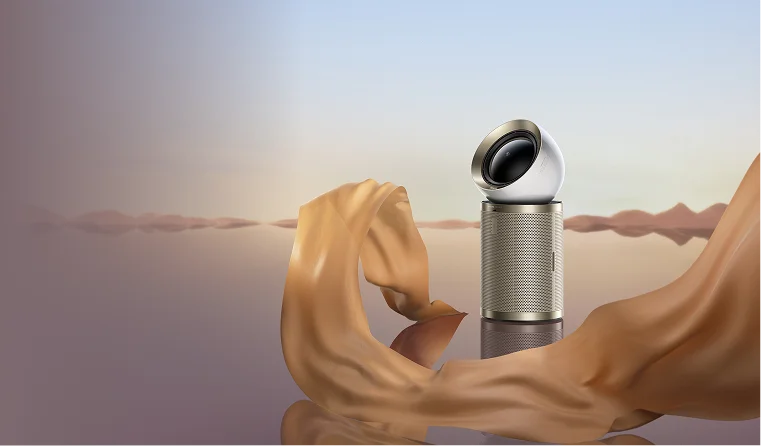
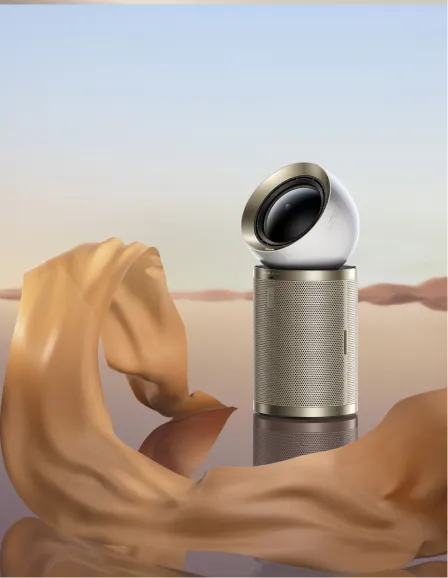

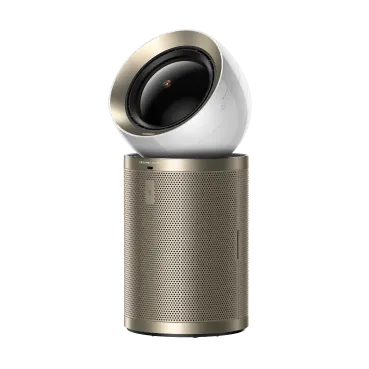
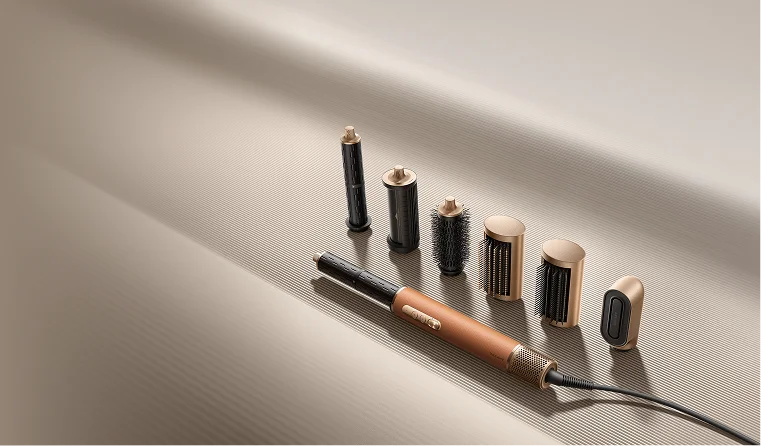
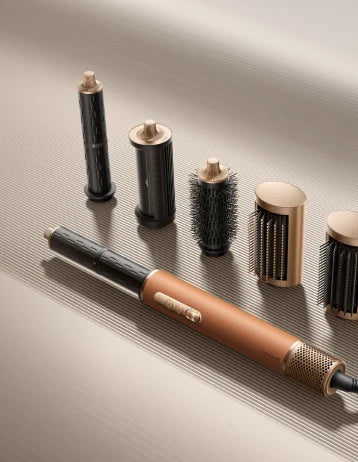
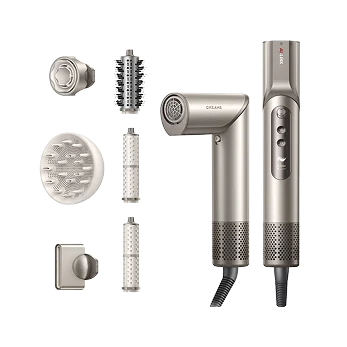
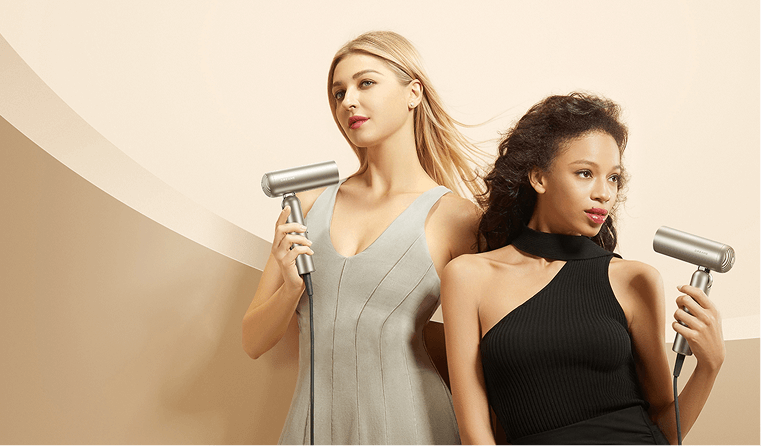

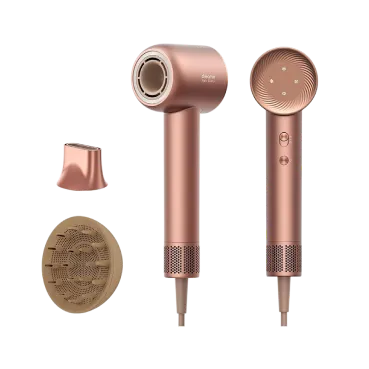
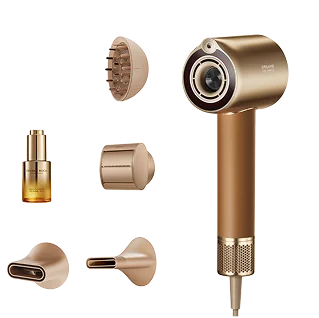
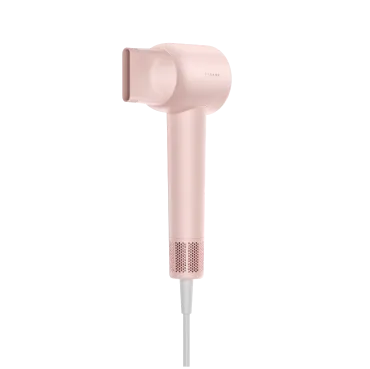


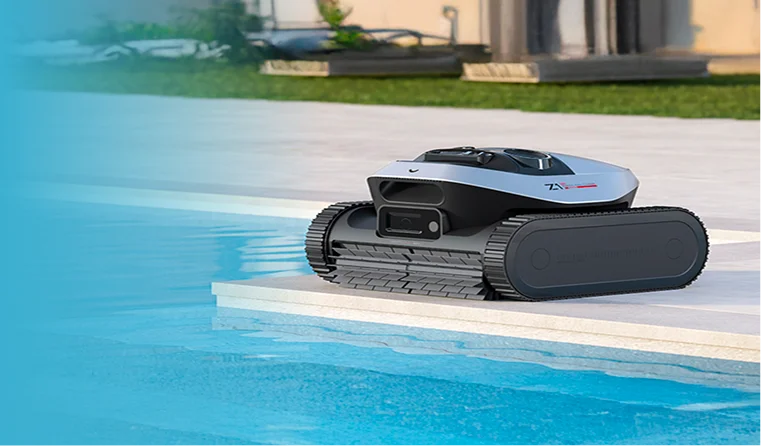
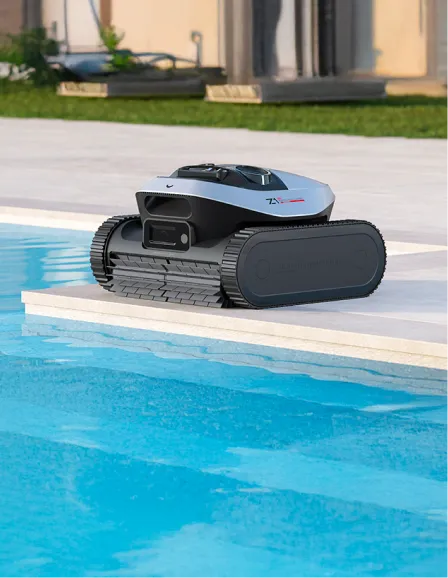
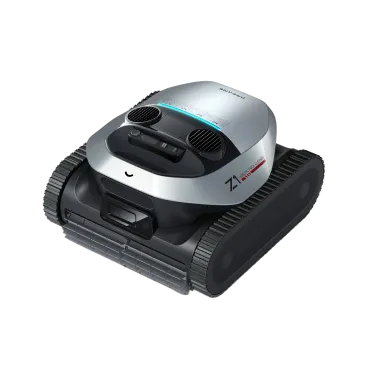
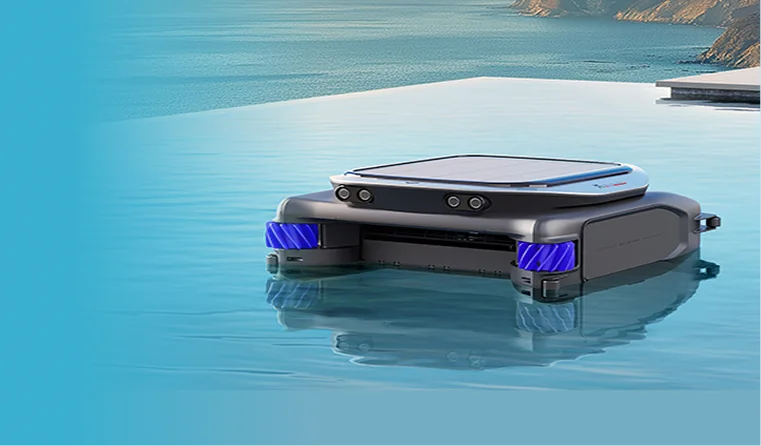
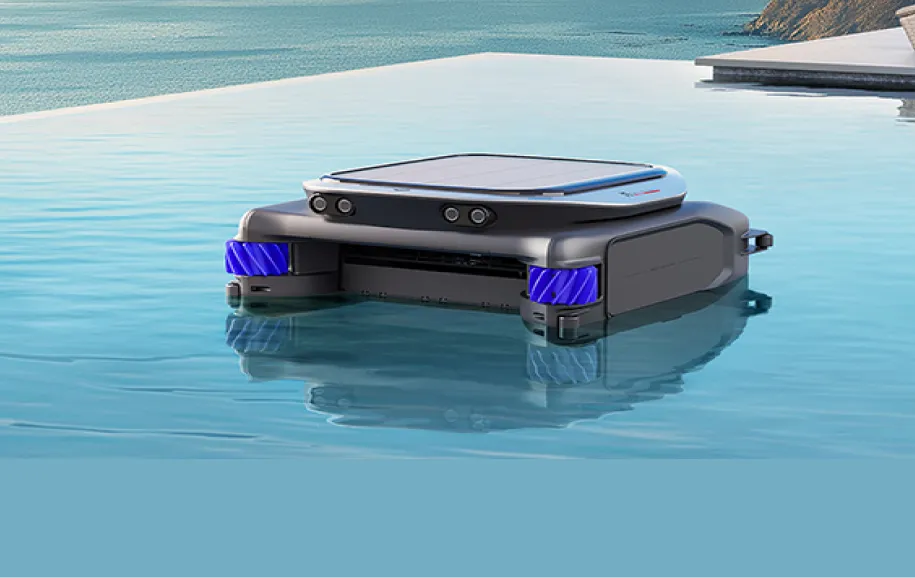










 Australia
Australia 中国大陆
中国大陆 日本
日本


 Türkiye
Türkiye


 Italia
Italia
 Netherlands
Netherlands Belgium
Belgium
 Greece
Greece Polska
Polska
 Norway
Norway
 Sweden
Sweden
 Finland
Finland
 Denmark
Denmark
 Hungary
Hungary Czechia
Czechia
 Slovenia
Slovenia
 Croatia
Croatia
 Switzerland
Switzerland United Kingdom
United Kingdom
 Canada
Canada







